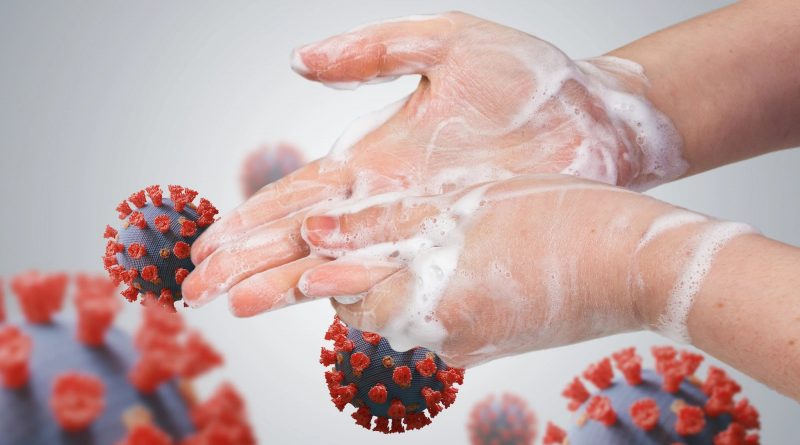A Unique About Hand Cleaning
Hospital Acquired Infections are responsible for millions of deaths every year around the world. Hands act as the pathway for germ transmission, which highlights the importance of hand hygiene in preventing the spread of HAI’s………
By Dr Harvinder Popli / Rohaan Wadhwa



Hand hygiene is a general term referring to any action of hand cleansing. It is a way of substantially reducing potential pathogens on hands, which includes the use of Soap and Water, and Alcohol Based Hand Sanitizers. A reduction of transient micro-organisms with the correct hand hygiene practice acts as a powerful mechanism against the transmission of pathogens.
Hand hygiene must be maintained by the Healthcare professionals and caretakers, especially before touching a patient, before clean/aseptic procedures, after body fluid exposure risk, after touching a patient, and after touching patient surroundings.
The World Health Organization (WHO) has laid down official guidelines stating the correct procedure for effective hand washing using soap and water, and alcohol hand based sanitizers.
CONVENTIONAL METHODS:
- Apply a palmful of Alcohol-based hand rub and cover all surfaces of the hands. Rub hands until dry.
- When washing hands with Soap and Water, wet hands with water and apply the amount of product necessary to cover all surfaces. Rinse hands with water and dry thoroughly with a single-use towel. Use clean, running water whenever possible. Avoid using hot water, as repeated exposure to hot water may increase the risk of dermatitis. Use a towel to turn off tap/faucet. Dry hands thoroughly using a method that does recontaminate hands. Make sure towels are not used multiple times or by multiple people.
- Liquid, bar, leaf or powdered forms of Soap are acceptable. When bar Soap is used, small bars of Soap in racks that facilitate drainage should be used to allow the bars to dry.
However, the major drawback associated with these methods is that they prove to be effective only when the WHO stated guidelines are strictly followed.
CAUSES OF POOR HAND HYGIENE
- WHO recommends cleaning hands with a very specific methodology that requires lathering for at least 30-40 seconds for it to be effective
- The hand wash using soap and water should cover all parts of the hands, including the nail, and finish by drying hands thoroughly.
- Most people do not use enough product (Soap or Alcohol gel) when they perform hand hygiene, resulting in ineffective hygiene.
- According to a study conducted by Michigan State University in 2013, the following scary statistics were recorded:
i. After observing 3,749 people using public restrooms, researchers found just 5% of the subjects were washing their hands correctly
ii. The average time spent washing hands was just 6 seconds, not the recommended 20 seconds of lathering and 30-40 seconds
iii. 15% of the men and 7% of the women did not wash their hands at all
iv.50% of the men and 22% of the women did not use soap.
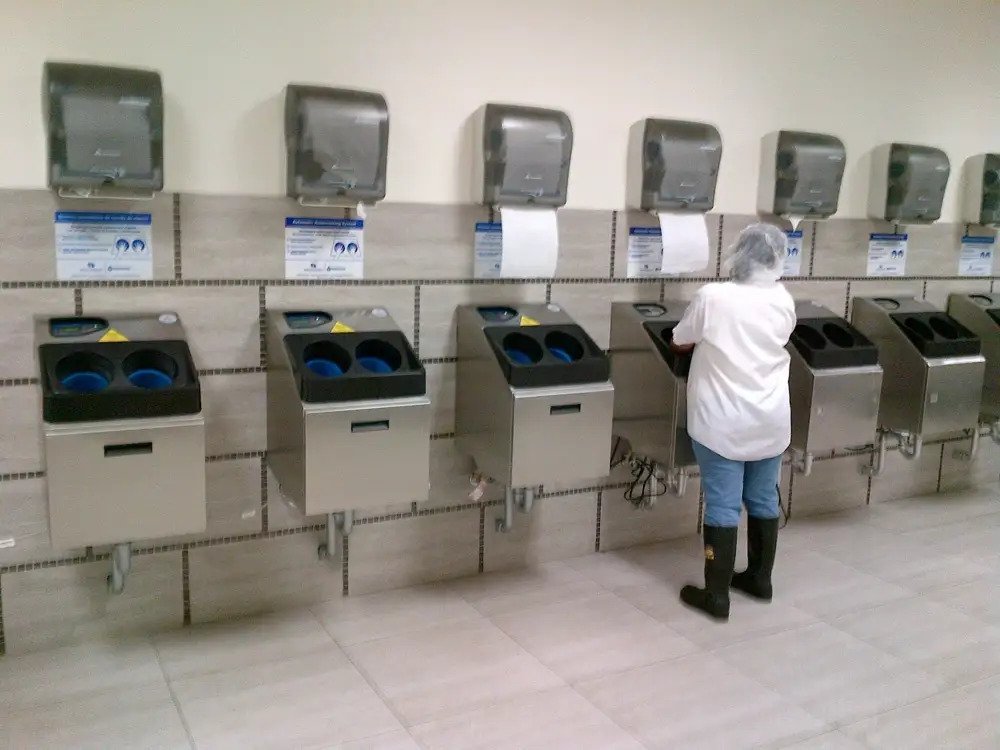 MODERN AUTOMATED TECHNOLOGY: CLEANTECH HAND WASHING SYSTEMS
MODERN AUTOMATED TECHNOLOGY: CLEANTECH HAND WASHING SYSTEMS
Manufactured by- Meritech, USA
Distributed and Marketed- Neotech Devices, India
When the user steps up to the CleanTech Hand washing System and inserts hands into the two wash cylinders, the 12-second wash-sanitize-rinse cycle automatically starts. The rotating cylinders with high-pressure low volume jets spray Water and mix in a proprietary Soap formulation. The 20 spray jets in each cylinder are placed in a spiral configuration to clean fingertips, hands, wrists, and under fingernails.The 12-second cycle performs a precisely measured and controlled pre-rinse, wash and post-rinse.The user leaves their hands in the System until the cycle stops, then immediately dries their hands using a no-touch paper towel dispenser or a no-touch air dryer.
Efficacy of the CleanTech Hand washing system
• The efficacy test carried out by an independent laboratory accredited by the United States FDA and PGIMER Chandigarh (an institute of National Importance designated by the Parliament of India) comparing the conventional methods viz a viz the modern Automated Technology, in their results show the efficacy of the Automated Hand Washing System to be equivalent to gold standard Soap and Water under standard conditions. PGI further goes on to report that the compliance of Hand Hygiene increased by 17% in absolute terms.
• According to the tests conducted by European Medical Agency, as the hands are contaminated (inoculated) with, e.g. 109 loads of E. coli, it should be expected that every subject would have a certain level of surviving E. coli – post the hand wash. Hence, a result like 99.9% removal – or log 3 removal – could be reported.
• The Automated methods also ensure less use and conservation of Water; wash after wash, which eventually is being claimed to use 75% less Waterper wash as compared to the conventional manual method.
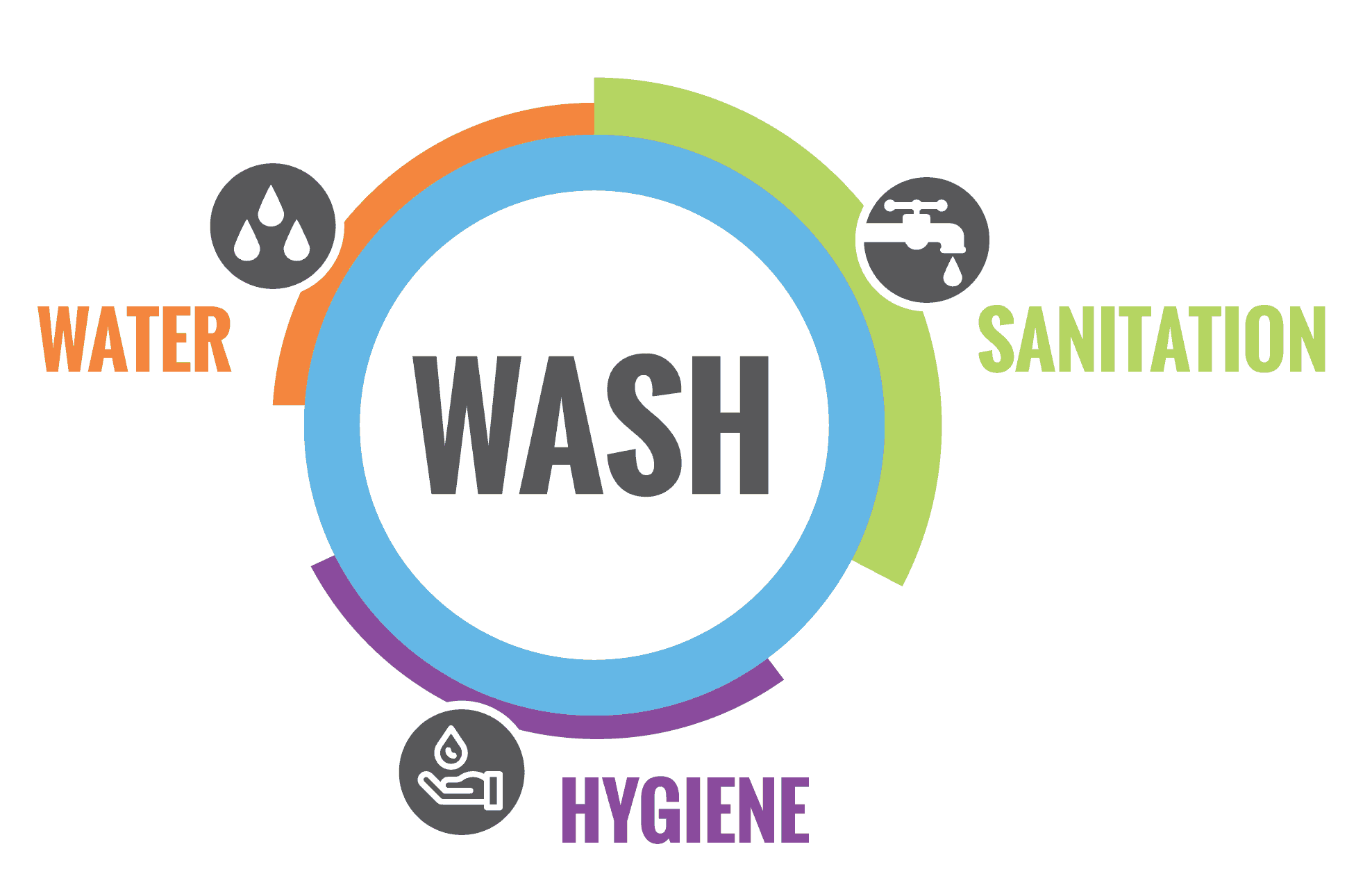 Advantages of the CleanTech Automated Hand washing System
Advantages of the CleanTech Automated Hand washing System
1. Fully Automated , touch less Wash
2. Eliminates or Dramatically reduces the risk of Cross-Contamination
3. Fast and Effective – Quality Control in the Hand Hygiene Event
Removes risk of the user to user/wash to wash variation
Same Efficacy with every wash & every user
4. Breaks down Behavioral Barriers and Negative Feedback Loop
Feels Good
Feels Effective
Promotes Healthy Skin(right dilution of the antimicrobial solution, skin conditioners)
Easy for all to use properly –HCW’s, patients, visitors
Saves Time (even over Water less Sanitizers when they are used effectively)
5. Effective against a wide range of Pathogens without damaging the skin
6. Does not require drying the hand with a tissue, napkin, handkerchief, cloth etc. after washing
Disadvantages of the Conventional Methods
1. Poor rate of compliance
2. Ineffective if not done following the due procedure mentioned by the WHO (which practically nobody does)
3. Inconsistent wash varies each time and with each individual
4. Time-consuming (the primary reason for poor compliance)
5. Wastes Soap and Water
6. Inconvenient for the health care professional to follow the specified guidelines each time, considering the required number of Hand washings each day
7. Requires rubbing/drying of the hand after washing with a tissue, cloth, handkerchief, napkin, etc. which may act as a source of acquiring microbes, thereby defeating the process of cleaning.
Damaged caused by Conventional Methods to Skin
Soaps and Detergents have been described as the most damaging of all substances routinely applied to the skin.Each time the skin is washed it undergoes profound changes, most of which are temporary.In an investigation of the effect on the skin of repeated use of two washing agents, all skin function tests were markedly changed after a single wash. In a study of irritant skin reactions induced by 3 surfactants, damage lasted for several days; complete skin repair was not achieved for 17 days. Washing with plain Soap may increase the potential for microbial transmission because of a 17-fold increase in the dispersal of bacterial colonies from the skin of the hands. The numbers of organisms spread from the hands of nurses who washed frequently with an antimicrobial Soap increased after some time; this increase is associated with declining skin health.
Effect of Scrubbing on Skin Shedding:
A study comparing Alcohol to surgical scrub showed that CFU’s were reduced satisfactorily with both
No increase in skin shedding after Alcohol
18-fold increase after a scrub
Conclusion- Prolonged vigorous scrubbing is unnecessary.
1. Skin Health:
As skin dries out and becomes unhealthy it develops more cracks and crevices
The cracks and crevices are breeding grounds for bacteria
Unhealthy skin “flakes off” far more than healthy skin
Skin health and skin hygiene cannot be separated
2. One study showed that the application of instant hand Sanitizers resulted in a significant increase in bacterial numbers on the surface of the hands
3. Even though Alcohol may kill the organisms on the surface of the skin it appears to simultaneously dry the skin and may pull the bacteria residing in the various skin layers beneath the surface, to the surface.
4. Since no rinsing occurs after the application of these instant hand Sanitizers, there is no mechanical washing away of the bacteria that has been drawn to the skin surface. The result is an increase in resident bacterial numbers on the surface of the hands.
5. Emollients sit on the surface of the skin and impede Water loss or dehydration. Emollients become a barrier against Alcohol reaching the bacteria that is on the skin. The layers of emollients become a breeding ground for bacteria.
Microbial Resistance to Alcohol-based Hand Sanitizers
A minimum concentration of 80% ethanol is needed for it to be effective against different microbial strains. However, Ethanol at 80% is unlikely to be sufficiently effective against Poliovirus, Calicivirus (FCV), Polyomavirus, Hepatitis A Virus (HAV), and Foot-and-Mouth Diseases Virus (FMDV). Poliovirus Type 1 was often found to be too resistant except for ethanol at 95%. A Sanitizer usually does not contain such high Alcohol concentration, and may not offer any protection against certain harmful microbes. Recent studies have found that Enterococcus faecium (one of the leading causes of Hospital Acquired Infections) isolates after 2010 were 10-fold more tolerant of killing by Alcohol than were older isolates. Alcohol-tolerant E. faecium accumulates mutagens in genes involved in carbohydrate uptake and metabolism. Mutagenesis confirms the roles of these genes in the tolerance ofE. faecium to isopropanol. These findings suggest that bacterial adaptation is complicating infection control recommendations, necessitating additional procedures to prevent E. faecium from spreading. This makes the Alcohol-based Sanitizer s an unreliable source for protection, particularly in a hospital setting.
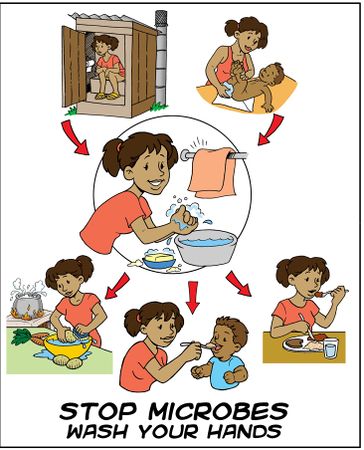 Conventional Methods
Conventional Methods
1. Time-consuming (approx. 36 seconds)
2. Ineffective and inefficient if the stated protocol is not followed properly
3. Inconsistent wash, variability with each individual, each time.
4. Poor rate of compliance and consistency
5. Wastes Water and Soap
6. Amount of Soap and Water
used varies with each wash
7. Damages the skin on repeated use
8. Possesses the risk of cross-contamination
9. Risk of microbial resistance
10. Repeated Hand washing has an irritability factor
Automated Method
1. Time-saving (12 seconds) and much faster.
2. Ensures effective and efficient wash each time
3. Consistent wash with each individual, each time
4. Excellent rate of compliance
5. Reduces wastage of Water and discharge waste
6. Uses a precise amount of Soap and Water on each use
7. The skin remains perfectly healthy and intact
8. No risk of cross-contamination
9. No resistance offers efficient protection
10. Provides a feel-good factor to the user
Conventional Methods v/s CleanTech Automated Hand washing system
HEALTHCARE PROFESSIONALS ON CLEANTECH HAND WASHING SYSTEM
A survey on the subject of Hand Hygiene practices was conducted with highly reputed Medical practitioners from different hospitals and healthcare settings across various regions in the National Capital Territory of Delhi.
On being asked about the most widely used method of Hand Hygiene being followed in their ward, the use of Alcohol-based Sanitizers was the most common answer, followed by Soap and Water. The recommended duration for hand washing in these current methods was found to be between 30- 40 seconds.
Their experience with the CleanTech Automated hand Washing System was noted, which was as follows:
The time taken for a single hand washed dropped from the present 40 seconds using the common practice, to a mere 12 seconds using the Automated Technology System.
Among the practitioners who participated in the survey, 89%strongly agreed on being asked whether using the Automated System for hand wash was easy and friendly, 7% of them disagreed while 4% had no say.
82% of the practitioner’s believed that the use of CleanTech Hand Washing System would help in improving compliance and consistency.
After the use of the CleanTech Hand washing system, 73% of the users felt their hands be soft while 26% felt no difference, with the exception of1% feeling their hands to be comparatively dry.
On being asked whether they would recommend the use of an Automated Hand Hygiene System for better compliance as compared to current options, the answer was an overwhelming Yes.
On their preferred choice of Hand washing technique after trying all three methods, a majority of 87%of practitioners chose CleanTech Automated hand washing system over Soap and Water, and Alcohol-based Hand Sanitizers
These trends indicate the growing popularity of the CleanTech Automated Hand Washing System among Medical practitioners and a rising tilt towards Automated Technology as opposed to the manual methods.
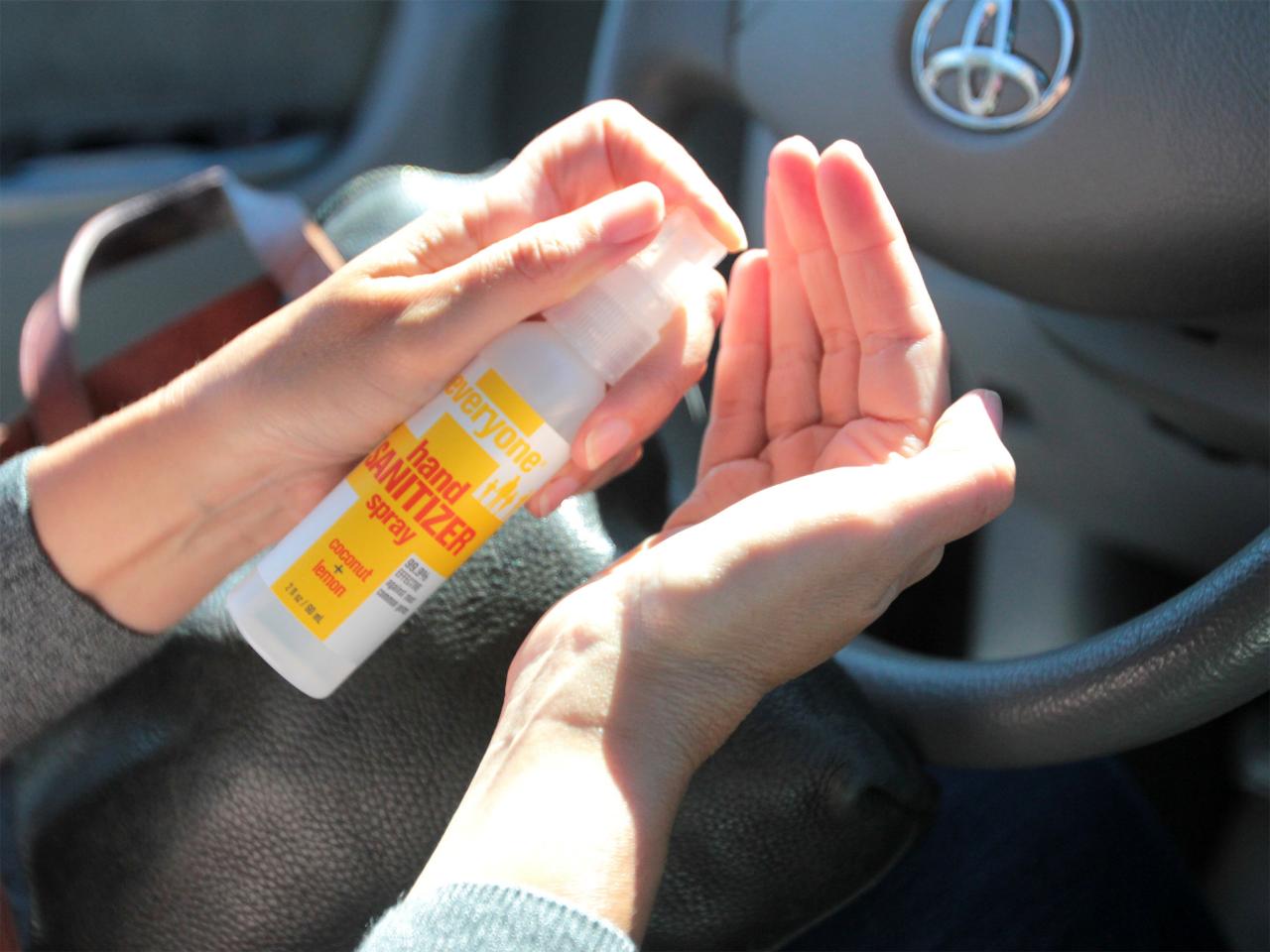 CLEANTECH HAND WASHING SYSTEM: A SAVIOUR DURING COVID-19 PANDEMIC
CLEANTECH HAND WASHING SYSTEM: A SAVIOUR DURING COVID-19 PANDEMIC
An outbreak of severe acute respiratory syndrome (SARS) emerged very quickly in 2002 in Southern China. The etiologic agent was not identified until February 2003 as a Novel Corona virus (n-CoV), which belongs to the lineage B of the genus Betacoronavirus, especially capable of being transmitted in hospitals. The virus infected people in almost 30 countries across 5 continents. According to a study conducted by the International Society for Infectious Diseases, it was found that the Human corona virus is rapidly inactivated within 1 minute by 2% glutaraldehyde, multiple quaternary ammonium compounds, and multiple phenolics on surface. Glutaraldehyde, however, was later banned due to its risk of causing severe damage to the skin, eyes and respiratory System.
The World finds itself in a similar situation today, with the SARS-CoV-2 or the COVID-19 creating havoc, infecting more than 6 million people and causing more than 400,000 fatalities. The SARS-CoV-2 belongs to the same genus Betacoronavirusthat the Novel Corona virus spread in 2003
According to the World Health Organization, “Current evidence indicates that the COVID-19 virus is transmitted through respiratory droplets or contact”. Contact transmission occurs when contaminated hands touch the mucosa of the mouth, nose, or eyes; the virus can also be transferred from one surface to another by contaminated hands, which facilitates indirect contact transmission.
Consequently, hand hygiene is extremely important to prevent the spread of the COVID-19 virus.”The only way to prevent the spread of the virus, therefore, is frequent and effective hand washing.
Hands Wash Compliance challenges
Compliance with hand washing, however, is frequently suboptimal. The major reasons are:
1. Lack of appropriate accessible instrument
2. High staff to Station ratio
3. Too long a duration of hand washing time required
4. Allergies to hand washing product used
5. Training and monitoring required for correct hand wash technique
The CleanTech Automated Hand Washing Systemoffers, as per the website, an effective hand hygiene system.
Composition of the Soap solution used in CleanTech Hand Washing System:
1. Alkyl dimethyl benzyl ammonium chloride: 1-3% Wt
2. Alkyl dimethyl ethyl benzyl ammonium chloride: 1-3% Wt
The combination of multiple quaternary ammonium compounds, as stated by the International Society for Infectious Diseases, is effective in this regard. The CleanTech Automated Hand washing system, being a fully Automated System, claims to provide a comprehensive mechanism in ensuring clean and pathogen free hands. The 12-second automatic cycle will not only provide a quicker way to clean hands but also ensure consistency and compliance in comparison to the manual hand washing methods.
The installation of such a System in COVID centres, hospitals or other organizations such as offices or hotels employing a large number of people might provide a safe working environment if evaluated properly.
CleanTech Hand Washing Systems have been installed in many leading Hospitals of the country such as the All India Institute of Medical Sciences (AIIMS) New Delhi, AIIMS Rishikesh, AIIMS Jodhpur, Kalawati Saran Children’s Hospital New Delhi and Lok Nayak Jai Prakash Hospital (LNJP), New Delhi.
The nature of this System seems to make it a suitable alternative for installation in almost any place. The efficacy it might provide coupled with the ease of use of its use makes it a savior during the time of this Pandemic.
CONCLUSION
The Automated Hand Washing System seems to be an effective method than the conventional manual methods in terms of compliance. It is time for a Paradigm Shift in Hand Hygiene for the following reasons:
1. Reducing Healthcare Acquired Infections is a Priority
a. Patient Safety &Awareness
b. FDA &WHO identify Poor Hand Hygiene as a leading cause of HAI’s
c. Cost to the Health Care System/Cost to the Hospital
2. Health care worker’s Time & Safety is at a Premium
a. 12-second wash vs. Manual Wash saves thousands of HCW hours per year
b. HCW’s Protecting themselves as well as their Patients
c. Makes sure ALL visitors wash correctly without Monitoring
3. Environmentally Friendly with Eco-Savings
a. 75% Less Water Usage (than Manual Hand Wash) and also 75% less Water discharge
b. Less Soap /Sanitizer Waste
c. Ideal Chemical Dilution Performed by the Machine.
Hand hygiene is a necessity in today’s times. The efficacy provided by the CleanTech hand washing systems seems to provide a better compliance in hand hygiene required during these difficult times In future, work shall be done to makethe Automated Technology even more affordable and available to all. Automation in Hand washing is, therefore, the way forward to ensure clean and safe hands, and shall prove to be a major boost to the health care System in India.
(The authors are from Delhi Pharmaceutical Sciences Research University, New Delhi)

